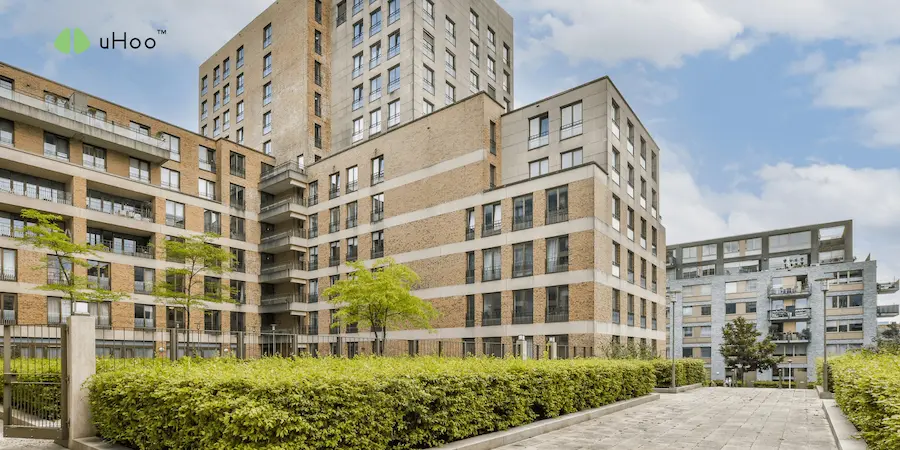The term “Sick Building Syndrome” evokes discomfort and health concerns, a reality for many structures with poor indoor air quality. But the good news is that any building, from a bustling office tower to a cozy home, can be transformed into a sanctuary of well-being. It requires a strategic approach, focusing on key elements that elevate indoor environments.
Here are 5 powerful strategies for transforming problematic spaces into truly healthy buildings:
- Prioritize and Optimize Ventilation: This is the cornerstone. Stale air, laden with CO2 (from occupants) and VOCs (from materials), contributes significantly to “sick building” symptoms.
- Strategy: Ensure adequate fresh air exchange. This might mean properly maintained HVAC systems with fresh air intake, or in smaller settings, simply regular manual ventilation (opening windows/doors when outdoor air quality is good). In an AC-dependent climate, look into energy recovery ventilators (ERVs) to bring in fresh air without excessive energy loss.
- Control and Monitor Humidity Rigorously: Tropical humidity is a major culprit for mold growth and dust mite infestations, both significant allergens.
- Strategy: Aim for indoor humidity levels between 40-60%. Use dehumidifiers in damp areas, ensure proper drainage around the building, and promptly address any water leaks. Monitoring tools like uHoo are essential here to keep humidity in the optimal range.
- Minimize Indoor Chemical Sources (VOCs): Many everyday building materials, furniture, and cleaning products off-gas harmful Volatile Organic Compounds.
- Strategy: When renovating or furnishing, choose low-VOC or zero-VOC paints, adhesives, and materials. Opt for natural, fragrance-free cleaning products. Ensure proper ventilation when new items are brought in.
- Enhance Air Filtration Beyond the Basics: Standard filters often miss tiny, health-damaging particles.
- Strategy: Upgrade HVAC filters to a higher MERV (Minimum Efficiency Reporting Value) rating (e.g., MERV 11-13). Consider integrating portable air purifiers with true HEPA and activated carbon filters in high-traffic or sensitive areas to capture fine particulate matter (PM2.5) and gases.
- Embrace Regular, Smart Monitoring: You can’t fix what you can’t see.
- Strategy: Install multi-sensor air quality monitors like uHoo in key areas. These devices provide real-time data on PM2.5, VOCs, CO2, temperature, humidity, and more. This data allows you to identify problem areas, measure the effectiveness of your interventions, and maintain consistently healthy conditions.
By implementing these 5 strategies, any space can move beyond being a “sick building” and be truly transformed into healthy buildings, vibrant sanctuaries that actively supports the well-being and productivity of its occupants.



